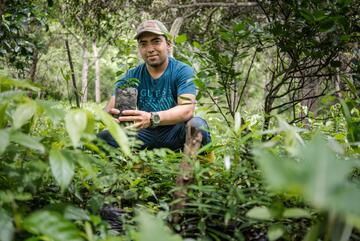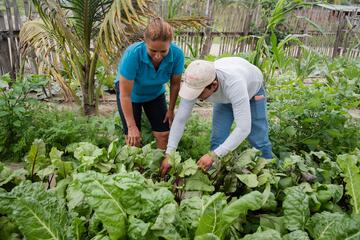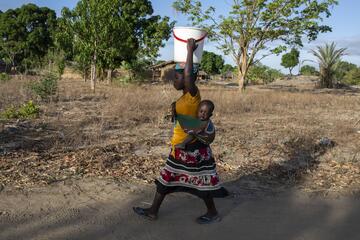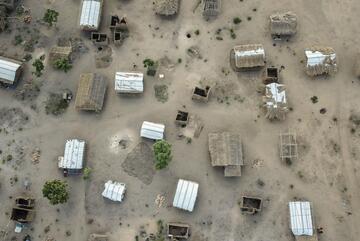World Water Day: Dormant Reserves

Around one in four people on earth do not have access to clean and therefore safe drinking water. Microbial contamination from feces poses the greatest risk to drinking water safety. Nearly half a million people die each year from diarrheal diseases. One solution: groundwater. In Kenya, we are supporting the construction of an osmosis plant that makes saline water drinkable.
The current emergency in Somalia and the ongoing drought in northeastern Kenya illustrate the situation: failing and irregular rainy seasons, caused by advancing climate change, are driving millions of people into poverty. People in Somalia are currently dying of hunger every day, while herders in Kenya are losing their livestock by the thousands.

If there is no relief from above in the form of rain, then it may come from below. According to a recent study by WaterAid and the British Geological Survey (BGS), large parts of Africa have enough groundwater for drought-stricken countries to survive for five years or more. Groundwater solutions would also guarantee clean water in the event of floods, which can quickly contaminate wells or water reservoirs. Thus, according to the study, the problem is not the lack of reserve water, but rather the technical means and financial funds of extracting groundwater.
Support and purification of groundwater
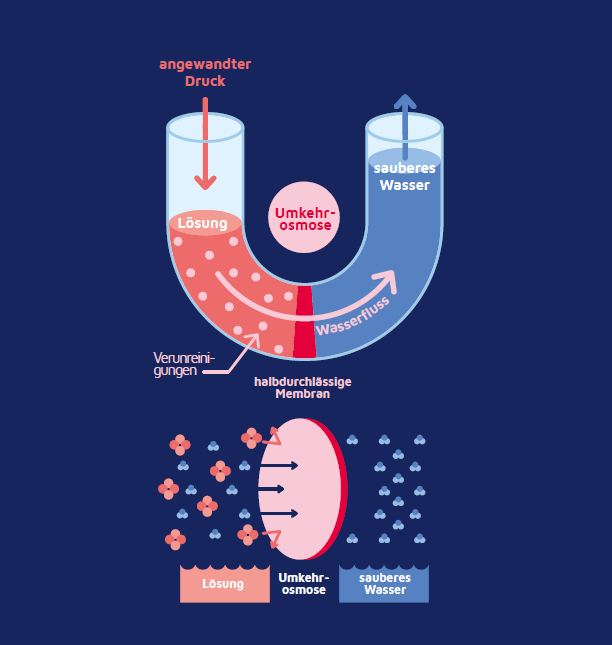
Since the end of 2020, Johanniter has been working with its local partner Africa Inland Church Health Ministries (AICHM) to implement this solution in Turkana County. Time and again, long-lasting droughts occur here, making survival in the region increasingly difficult. Traditional nomadic families have settled down in recent years and have taken up farming to reduce their dependence on livestock. Nevertheless, the water shortage and the problem of the lack of drinking water have still not been solved sustainably.
In 2021, a 300-meter deep borehole was successfully drilled to reach the groundwater beneath the hard rock strata. However, as this water contains salt and is therefore undrinkable, a reverse osmosis plant will be built by the end of 2022 to remove the salt from the water and make it drinkable. Persons in charge in the community will be trained in the use of the plant to ensure long and sustainable opartaion. Two water dispensers will supply up to 10,000 people with drinking water. In the future, people will then not only be spared kilometer-long marches to water points, but also numerous diseases that contaminated water previously brought with it.
